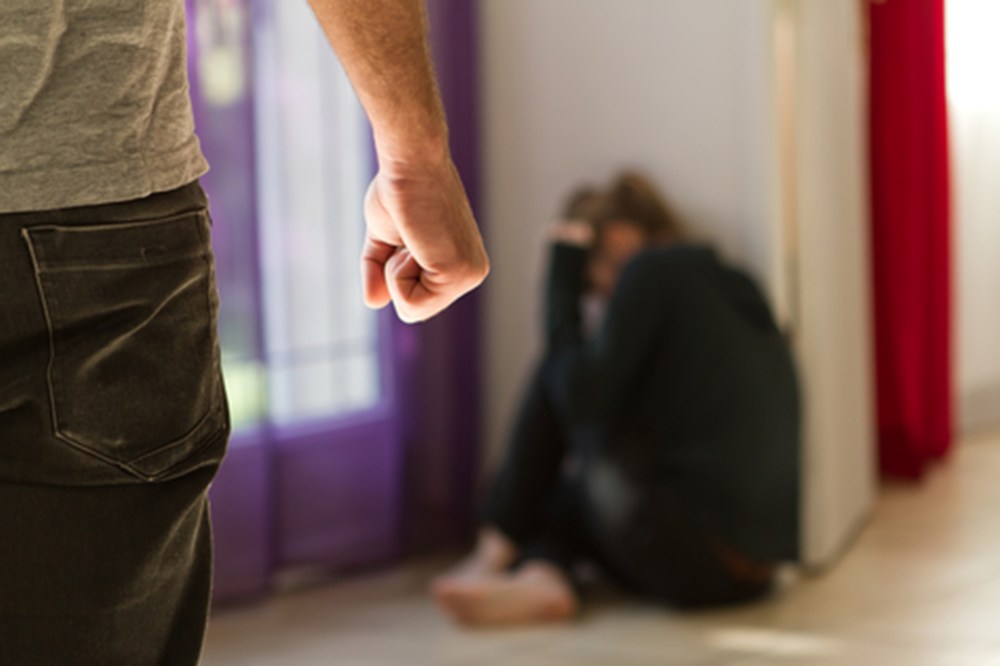Take a stand against violence toward women
NEELIN VIEWS
Advertisement
Read this article for free:
or
Already have an account? Log in here »
We need your support!
Local journalism needs your support!
As we navigate through unprecedented times, our journalists are working harder than ever to bring you the latest local updates to keep you safe and informed.
Now, more than ever, we need your support.
Starting at $15.99 plus taxes every four weeks you can access your Brandon Sun online and full access to all content as it appears on our website.
Subscribe Nowor call circulation directly at (204) 727-0527.
Your pledge helps to ensure we provide the news that matters most to your community!
To continue reading, please subscribe:
Add Brandon Sun access to your Free Press subscription for only an additional
$1 for the first 4 weeks*
*Your next subscription payment will increase by $1.00 and you will be charged $20.00 plus GST for four weeks. After four weeks, your payment will increase to $24.00 plus GST every four weeks.
Read unlimited articles for free today:
or
Already have an account? Log in here »
According to Government of Canada statistics, 44 per cent of women and girls in Canada who had ever been in an intimate partner relationship — or about 6.2 million women aged 15 and over — reported experiencing some kind of psychological, physical, or sexual abuse in the context of an intimate relationship in their lifetime. But for every individual who reports this kind of violence, countless others remain too afraid, too isolated, or unable to ask for help. The issue of domestic violence is far greater than the statistics suggest, and the deep stigma surrounding abuse continues to silence many who most need support.
On Nov. 25, 1960, three women were brutally beaten and murdered for stepping forward and calling attention to the abusiveness of their government. Patria, Bélgica and María Mirabal were sisters opposed to the dictatorship of Rafael Trujillo, the ruler of the Dominican Republic at the time. They were killed for rebelling against him. In 1981, the observance of the International Day for the Elimination of Violence Against Women began. The date chosen was Nov. 25, to honour the memory of these courageous women and celebrate all they accomplished.
Then, in 1993, The United Nations adopted the Declaration on the Elimination of Violence Against Women. The declaration pushed that any gender-based harm, whether physical, sexual, or psychological, was a violation of fundamental human rights and urged governments to prevent and eliminate the issue. The declaration also elaborates thoroughly about the importance of raising public awareness and providing supports for those who have experienced such kinds of violence and those looking to withdraw themselves from these types of unsafe environments.

Throughout the COVID-19 pandemic and afterwards, cases of violence against women increased, specifically domestic violence. These numbers reflect how being stuck in an environment filled with stress, fear and hardships, such as losing a family member or becoming unemployed, can quickly become an unsafe situation. Leaving these situations was made increasingly difficult by increased housing prices and just general social isolation. After COVID-19, numbers decreased but still have not returned to Pre-COVID-19 numbers.
Understanding the signs of domestic violence is tricky; it is often a silent and deadly form of violence. But there are ways for people around the victim to help, if they know and understand the signs of domestic abuse. Some of the warning signs include: a partner who limits a woman’s interactions with others by discouraging or preventing her from going to work or school, or from seeing friends and family; a partner who insults, speaks down to, or calls the victim names; or controlling behaviour about things like spending money, what clothing is worn, or where time is spent or even medicines that are taken.
Femicide is the killing of a woman or girl, in particular by a man and on account of her gender. According to UN Women, 10 minutes someone falls victim to femicide globally. Many femicide cases occur not because there were no warning signs, but because systems failed to respond. Many victims seek help before being killed, but barriers such as underfunded shelters, long waitlists, or a lack of emergency housing prevent the ones who need help the most from getting it. And the Canadian Femicide Observatory for Justice and Accountability points to a massive data gap on reliable numbers of femicide cases because of lack of recognition and classification of data.
There are many ways to recognize the International Day for the Elimination of Violence Against Women. You can get informed, do research or watch a video. You can volunteer; there are lots of places in Brandon to get involved. For example, you can volunteer at the Western Manitoba Women’s Centre or Huddle. You can also just take one minute of your day to think about and remember what this day is for. Together, through awareness and collective effort, we can continue to honour the importance of this day and support those it aims to recognize.
» Eleanore Wilts is a Grade 10 student at École secondaire Neelin High School.
